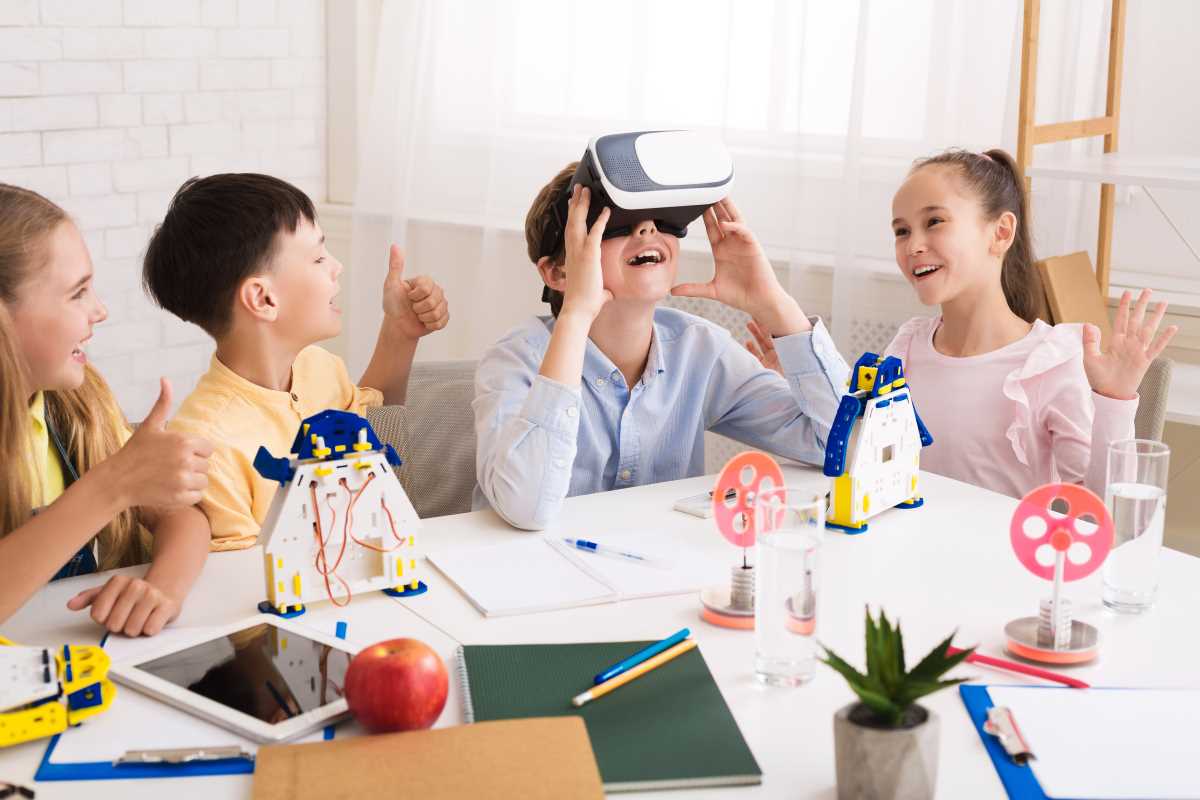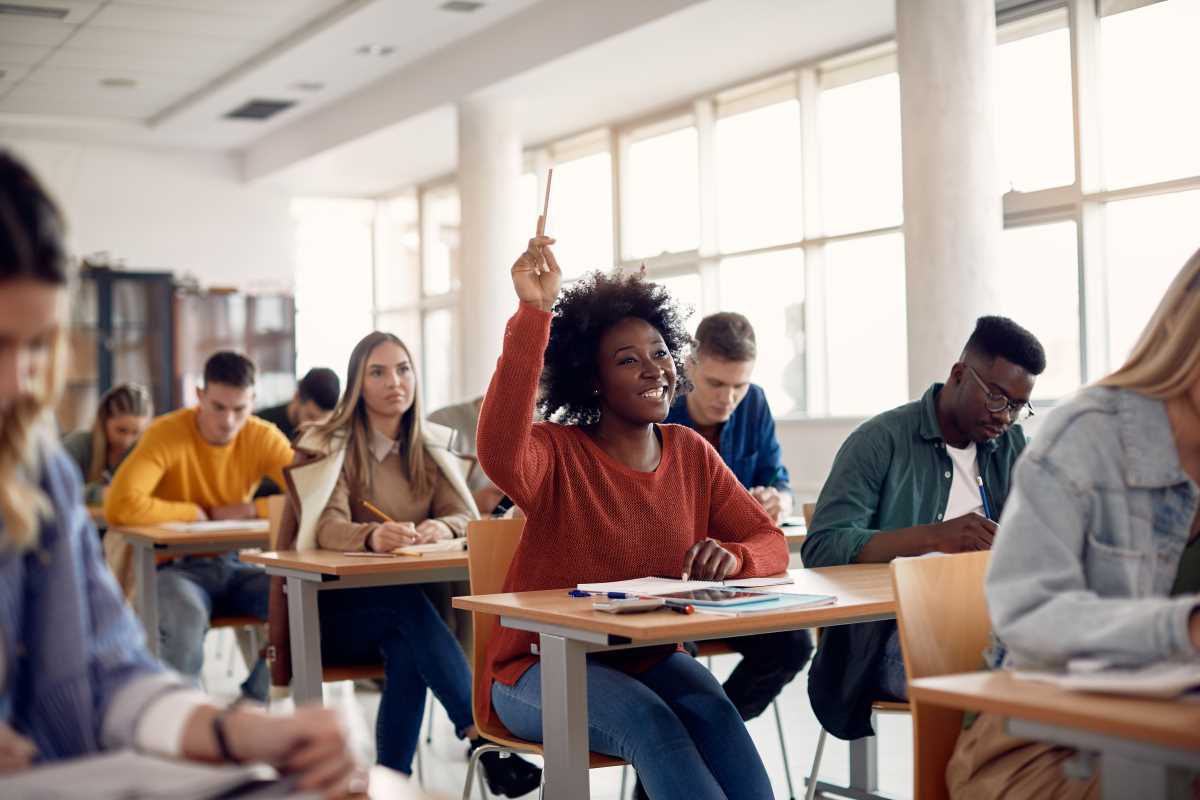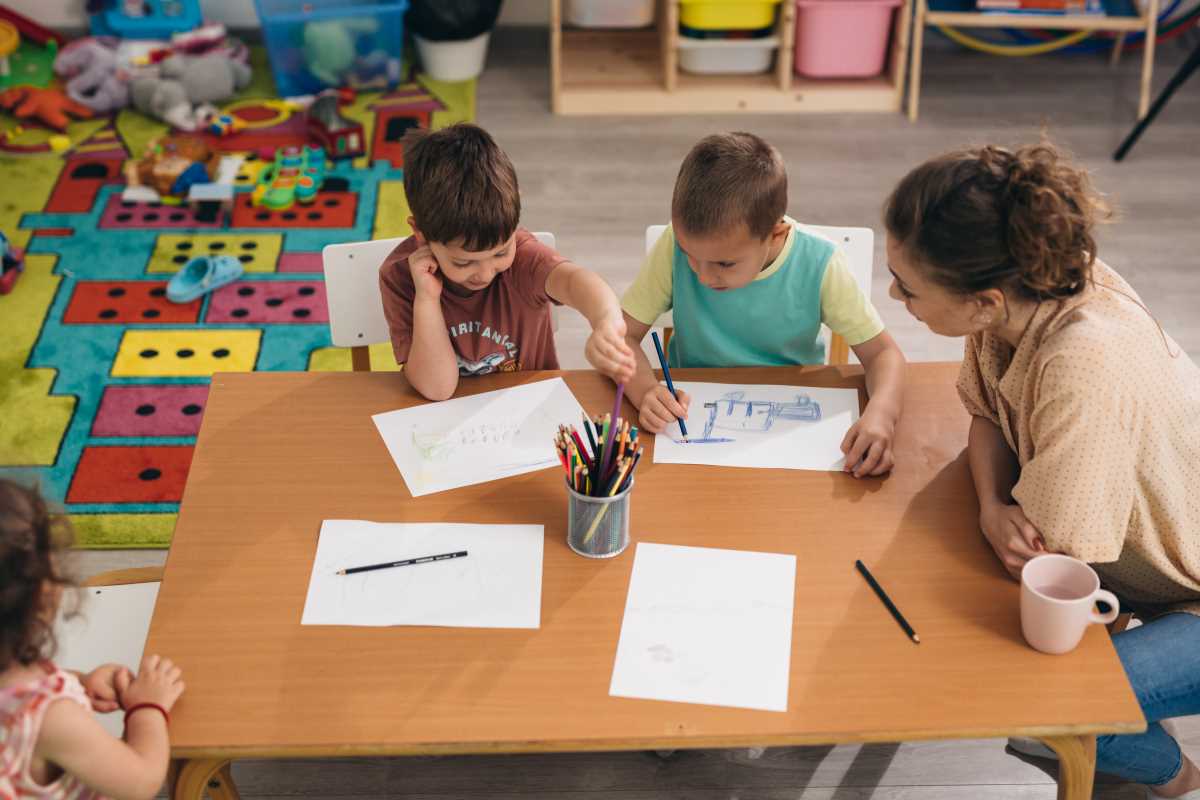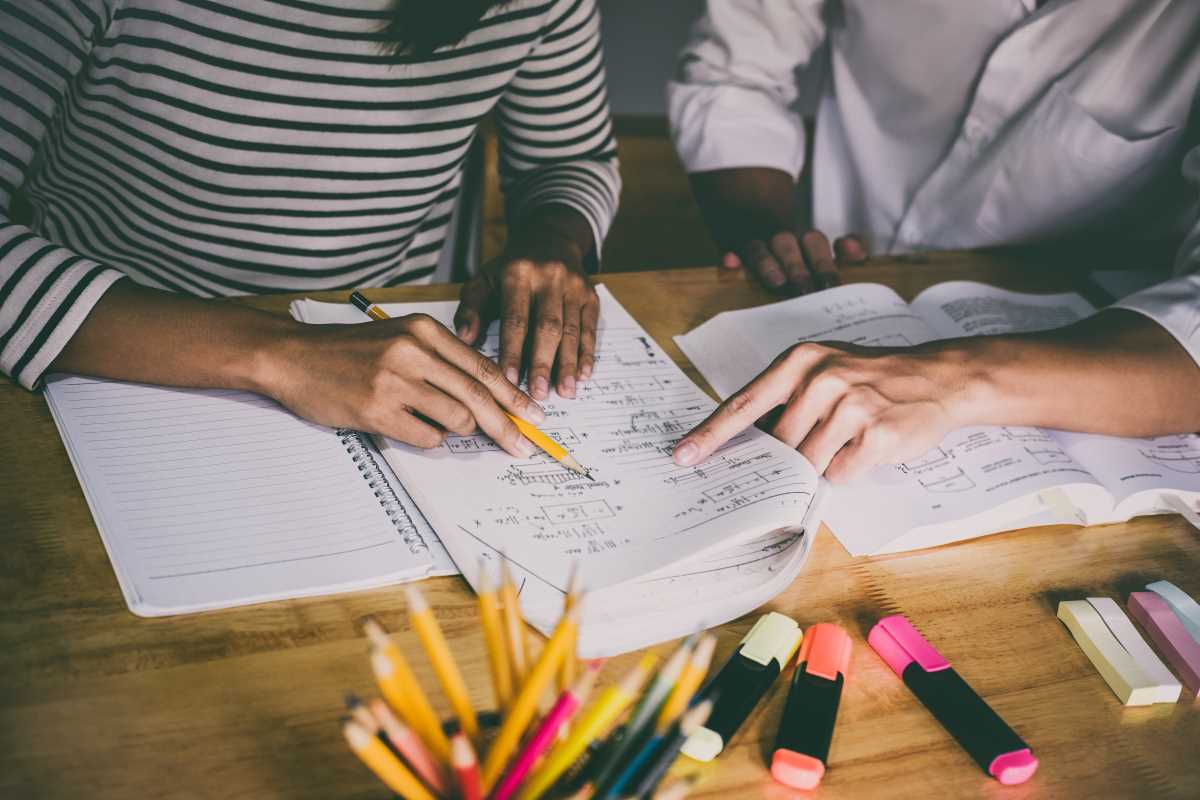Education is undergoing a rapid transformation as time-tested teaching methods collide with the surge of digital innovations. This dynamic fusion is revolutionizing classrooms and altering the way students absorb and interact with learning materials. Grasping the interplay between traditional and digital approaches has become essential for educators, students, and parents as they navigate the complexities of today’s educational environment. By embracing this evolution, all parties involved can better understand and adapt to the changing landscape, ensuring that students are prepared for the future while still appreciating the foundational principles of education.
Understanding Traditional Teaching
- Face-to-Face Interaction: Teachers and students engage directly, allowing for immediate feedback and personalized attention.
- Structured Curriculum: Lessons follow a set plan, often based on standardized testing and established educational standards.
- Physical Resources: Reliance on textbooks, blackboards, and other tangible teaching aids to facilitate learning.
- Discipline and Routine: Emphasis on maintaining order and consistent schedules to promote a conducive learning environment.
Traditional teaching methods serve as the backbone of education for centuries. They emphasize direct interaction, structured learning, and the use of physical materials to convey information. For example, a history teacher might rely on textbooks and lectures to teach about the World Wars, encouraging discussions and debates in the classroom to enhance understanding.
While these methods provide stability and a proven framework for education, they also come with limitations. The one-size-fits-all approach may not cater to individual learning styles, and the dependence on physical resources can hinder accessibility and flexibility in learning.
The Rise of Digital Innovation in Education
Digital innovation transforms education through integrating new technologies that enhance and expand learning opportunities. From interactive software to online platforms, these tools offer dynamic ways for students to engage with content.
Digital innovation in education includes various technologies such as virtual reality for immersive learning experiences, artificial intelligence for personalized tutoring, and collaborative online platforms that facilitate group projects regardless of geographical locations. These advancements make learning more interactive, accessible, and tailored to individual needs.
For instance, platforms like Khan Academy provide students with the ability to learn at their own pace, revisiting challenging topics as needed. Virtual classrooms enable remote learning, making education more flexible and inclusive, especially for those who may not have access to traditional schooling environments.
Coexistence of Traditional and Digital Methods
- Enhanced Engagement: Combining digital tools with traditional methods can make lessons more interactive and engaging, capturing students' attention more effectively.
- Flexible Learning: Digital resources allow for more adaptable learning schedules, accommodating different paces and styles while maintaining the structure of traditional education.
- Resource Accessibility: Integrating digital materials can supplement textbooks, providing a broader range of resources and up-to-date information.
- Collaborative Opportunities: Technology facilitates collaboration beyond the classroom, enabling students to work together on projects and share ideas seamlessly.
The integration of traditional teaching with digital innovation creates a hybrid model that combines the strengths of both approaches. For example, a teacher might use digital quizzes to assess understanding in real-time while continuing to conduct in-person discussions to deepen comprehension.
This coexistence allows for a more versatile educational experience. Students benefit from the reliability and proven effectiveness of traditional methods while also taking advantage of the flexibility and engagement offered by digital tools.
Challenges and Opportunities
Despite the promising synergy between traditional and digital methods, several challenges need addressing. One significant hurdle involves ensuring equitable access to technology, as not all students may have the necessary devices or internet connectivity to participate fully in digital learning.
Another challenge involves training educators to effectively integrate digital tools into their teaching. Without proper training, the potential benefits of digital innovation may not materialize fully, leading to underutilized resources and diminished learning outcomes.
The blending of these methods presents numerous opportunities. Educators can develop more personalized learning plans, cater to diverse learning styles, and create a more engaging and interactive classroom environment. Digital tools can also facilitate better tracking of student progress, allowing for timely interventions and support when needed.
The ability to access a wealth of information and resources online can enrich the curriculum, providing students with broader perspectives and deeper insights into subjects. This integration prepares students for a technologically advanced world, equipping them with the skills necessary for future careers.
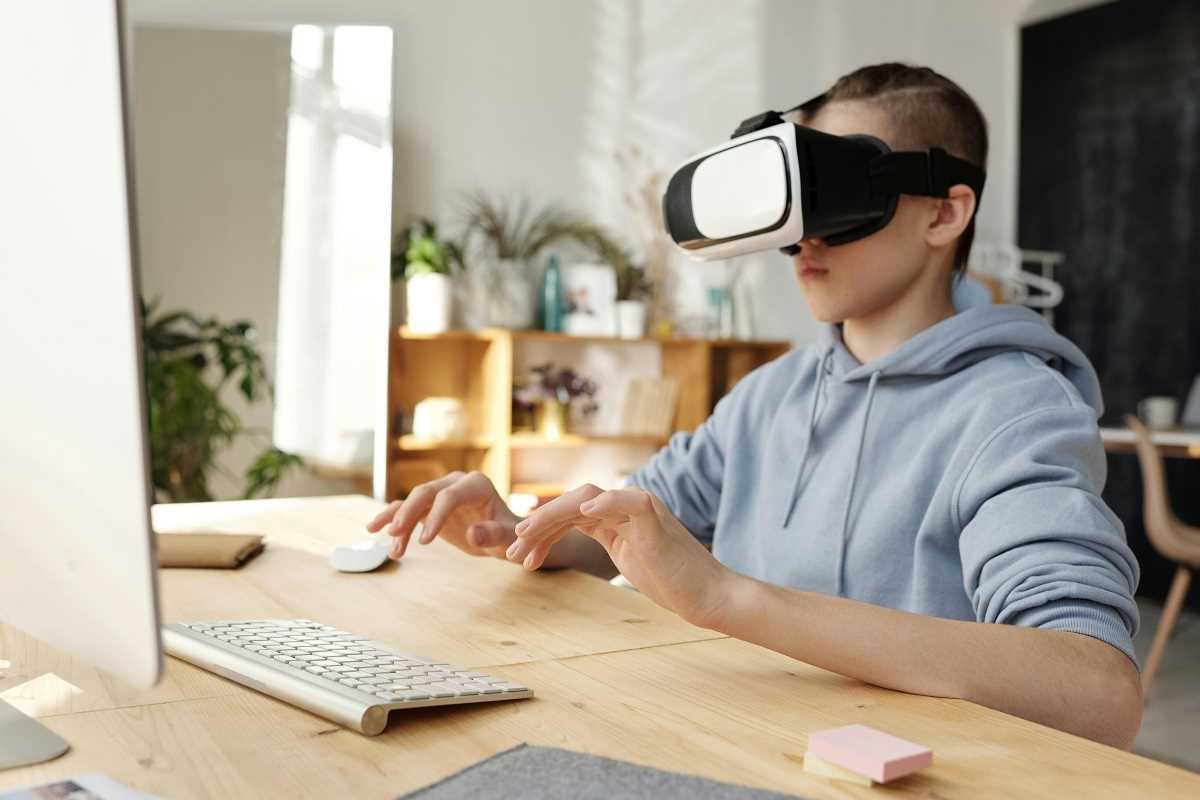 (Image via
(Image via
